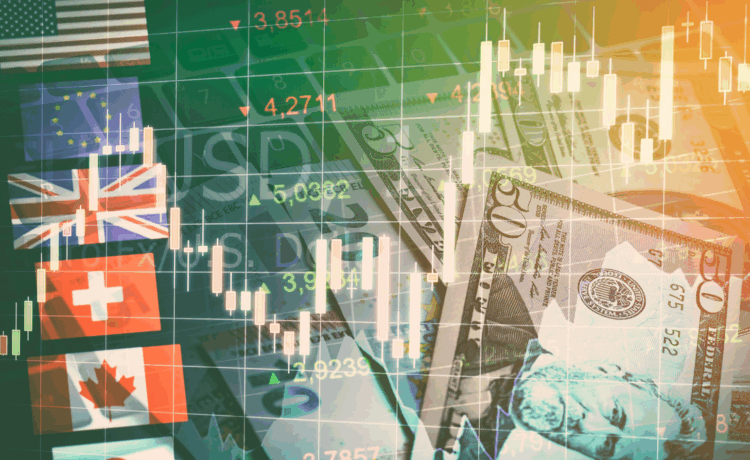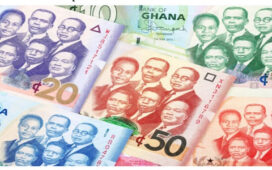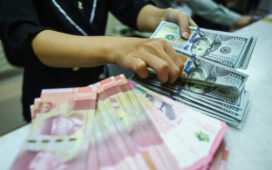Tariffs have disrupted the established global order, if any, and created a new paradigm for big players, where it is critical to quickly realise where everything is heading to ride their impact safely. Currencies, together with other assets, have been affected the most.
As a result, we have seen significant price swings with major pairs, from 2-4 pips price swings to 10+ pips even on minute timeframes. If you want to invest in currencies, you need to analyse the long-lasting effects of Trump’s tariffs on major currencies to ensure you are on the safe side of the equation. Let’s examine the most likely impacts of these tariffs on major currencies to enhance the accuracy of your Forex trading and currency investing.
The Short-term Currency Response to Tariffs
Short-term effects on currencies caused by tariffs are primarily helpful for day traders. To capitalise on this information, beginners should learn FX trading concepts such as technical and fundamental analysis, trading platforms, demo accounts, etc.
Tariffs impact the balance of trade flows as imported goods’ prices increase and import volumes decline. With fewer dollars (or any currency) leaving the country to pay for imported goods, demand for domestic currency rises and appreciates. Tariffs mean that companies and importers must pay additional fees to the government, which goes into the budget. However, the economy suffers. In some studies, the models have shown that a 10% tariff on imports resulted in around 3% appreciation of the currency.
These short-term changes are significant for currency day traders to capitalise on these opportunities immediately. Despite the immediate appreciation, hidden costs exist that unfold over time, meaning the price increase in imported goods, which consumers pay, significantly affects their daily lives.
Beyond the Initial Boost – Long-term Economic Effects
The short-term appreciation mitigates increased import prices, but over the medium and long run, the adverse effects of tariffs become evident. The impact on economic growth, trade volumes, and competitiveness becomes substantial. Reduced imports and exports lower overall economic activity and trade balances, and GDP declines. This is well documented in the IMF (International Monetary Fund) research and other studies.
These research results show that sustained tariffs can depress the country’s GDP and reduce exports despite the domestic currency experiencing temporary appreciation. Recessions are felt by a decline in economic activity, among other adverse effects, and tariffs are among the causes of this recession. While tariffs might not cause a recession, they surely can accelerate it, and we have seen many influential organisations increasing the probability of a US recession in 2025.
Over time, the reduction in economic activity creates intense downward pressure on the country’s currency. Lower income and reduced investments decrease consumer demand for goods and services, and the country’s capacity to import goods worsens, leading to slow economic growth rates. This inevitably leads to currency devaluation or inflation, and we should expect the major USD pairs to depreciate as the USD loses its value due to tariffs.
Another factor to consider is that retaliatory tariffs from trading partners are another common consequence of tariff policies and further accelerate these effects. This all only leads to a circle of declining trade and weakening currency.
The Exchange Rate Offset – Import versus Export Tariffs
While it is true that not all tariffs affect exchange rates equally, the tariffs initiated by the USA recently are so rough that they will affect currency rates in the end. There are two types of tariffs: tariffs on imports and exports. While tariffs on imports tend to cause appreciation (as we have already discussed), tariffs on exports yield the opposite effect.
Tariffs on exports lead to the depreciation of the domestic currency. This effect is even more amplified in the long run as tariffs on exports force foreign buyers to pay less in their currency, which depreciates the domestic currency even more. As a result, with just a 10% tariff on export goods, the domestic currency can depreciate nearly in full, eroding the tariff’s competitive edge in the first place. Understanding these dynamics, which are supported by much reliable research, is therefore critical for countries that depend heavily on exports for their economic growth.
Conclusion
Overall, tariffs can yield a short-term positive effect on the country’s currency due to reduced import demand. Still, the long-term effects are much more complicated and, in many cases, very harmful to the economy and currency. Despite the initial appreciation, the long-term effects are mostly negative and have a solid power to depreciate the country’s currency that initiated the tariffs, as other countries also implement tariffs as a countermeasure. The overall economic environment also tends to suffer, and the probability of recessions is increased by introducing tariffs in the global economic landscape, which nowadays is very interconnected and complex.




